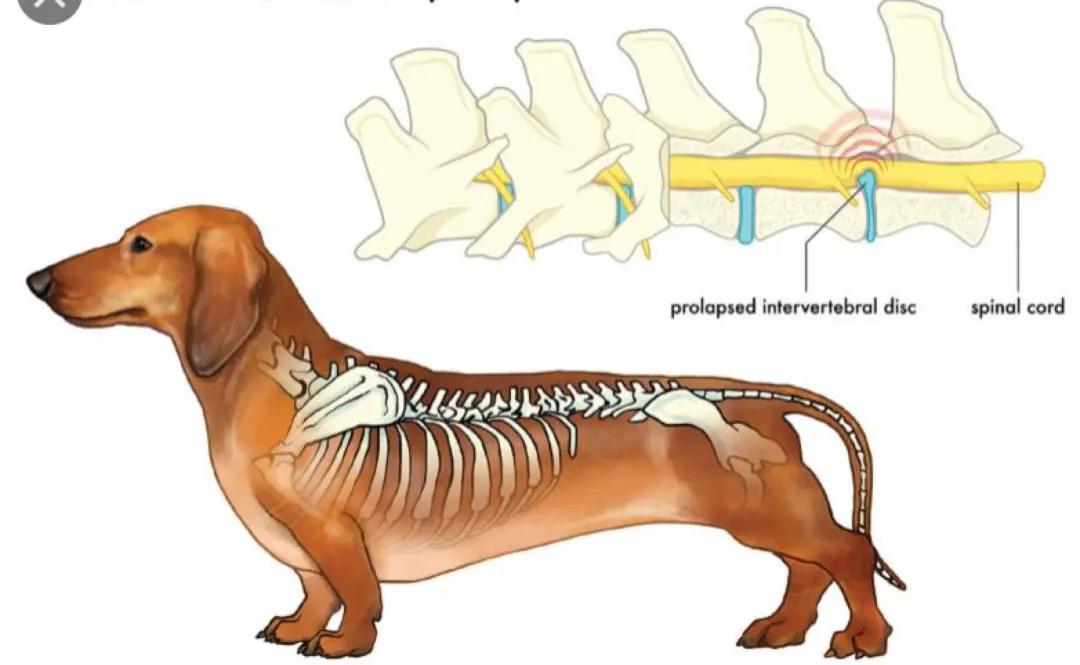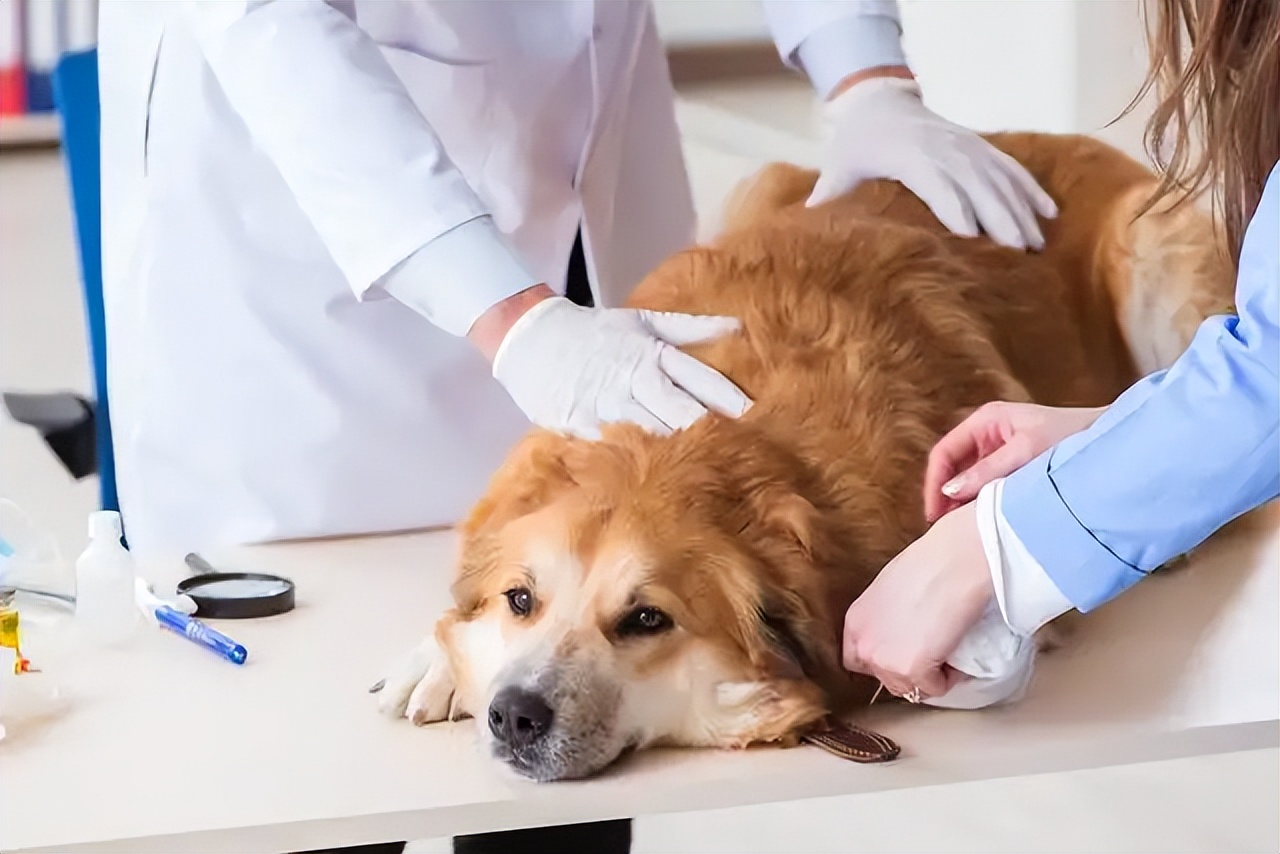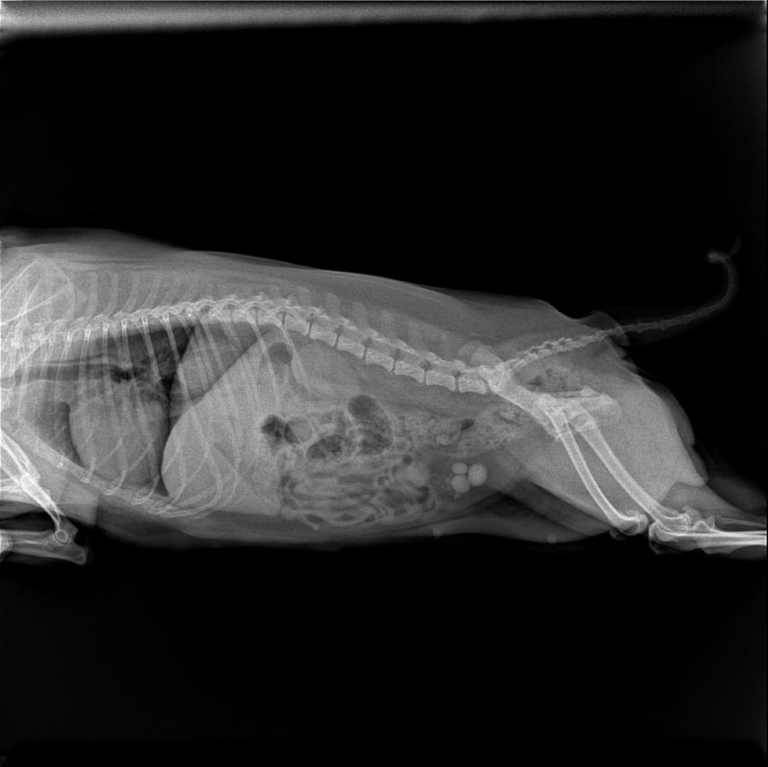Dog Disc Disease Causes & Prevention Tips
Symptoms and Prevention of Intervertebral Disc Disease in Dogs: How to Protect Your Pet’s Spine Health
Many office workers often suffer from intervertebral disc disease, but you may not be aware that this condition frequently occurs in dogs as well. Disc problems can not only cause pain but can also lead to paralysis in severe cases. Recently, there was a case of a 5-year-old Pomeranian diagnosed with a slipped disc due to weakness in its right hind leg. Fortunately, timely treatment restored its ability to walk.
Signs of Neurological Diseases That Are Easily Overlooked
Intervertebral disc diseases are listed alongside epilepsy and tumors as the three most common neurological diseases in dogs. Be alert if your pet shows the following symptoms:
1. **Abnormal head tilt** (commonly known as “tilt head” syndrome) could indicate brain nerve or vestibular system issues.
2. **Dragging while walking or sudden paralysis** usually signifies spinal nerve damage.
Three Major Causes Explained
1. **Genetic Factors**
Breeds such as Dachshunds, French Bulldogs, and Corgis have a higher incidence of slipped discs due to congenital cartilage development disorders. Statistics show that French Bulldogs have a disease rate as high as 18.7%, which is 30 times more than that of regular dog breeds.
2. **Lifestyle Influences**
Excessive jumping and frequent stair climbing can continuously strain the spine. Obesity is also a key trigger—every extra kilogram increases spinal pressure by 4 kilograms.
3. **Disease Complications**
Diseases like canine distemper can lead to neurological sequelae, causing muscle spasms or movement disorders.
Five Preventive Measures to Protect Spine Health
1. **Control Exercise Intensity**
Avoid vigorous jumping and running. At home, use pet stairs to help your pet get on and off furniture.
2. **Maintain a Standard Weight**
Regularly measure body fat percentage. For obese dogs, adopt a low-calorie diet.
3. **Switch to Specialized Harnesses**
Use a Y-shaped chest harness instead of a traditional collar to reduce neck pressure.
4. **Scientific Nutritional Supplements**
Senior dogs and long-back breeds (like Dachshunds) should have additional chondroitin and calcium.
5. **Regular Professional Check-Ups**
It is advisable to have spinal palpation and neurological reflex tests every six months, and high-risk breeds can undergo additional CT scans.
Although intervertebral disc disease is common, scientific caregiving can effectively prevent it. Pay special attention to the daily behavior management of breeds prone to the condition. If signs of limping or pain appear, contact a professional veterinarian immediately. Remember: early intervention is the key to avoiding paralysis!









